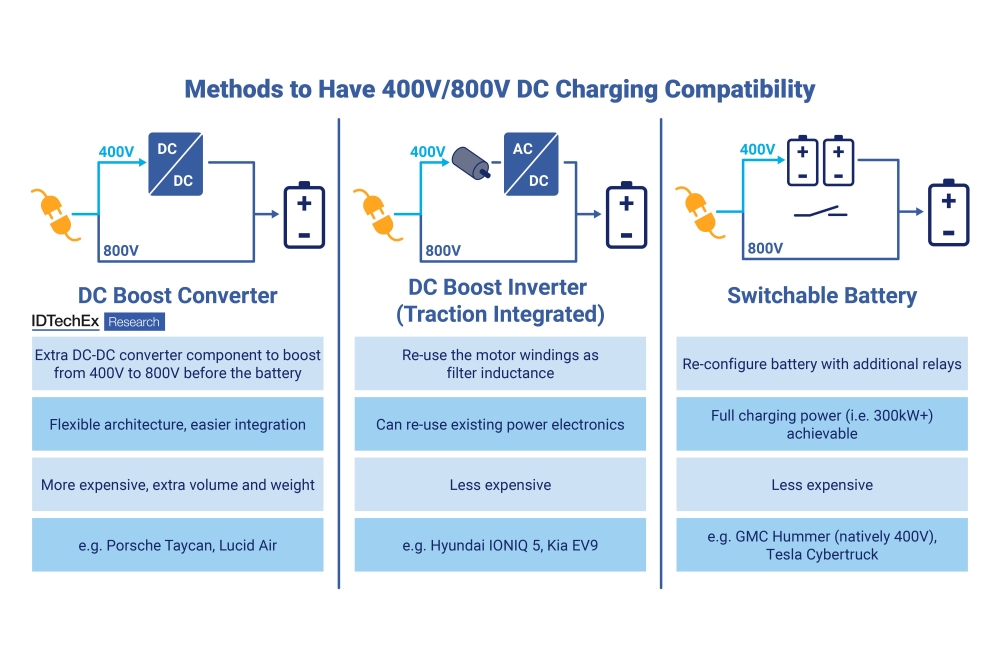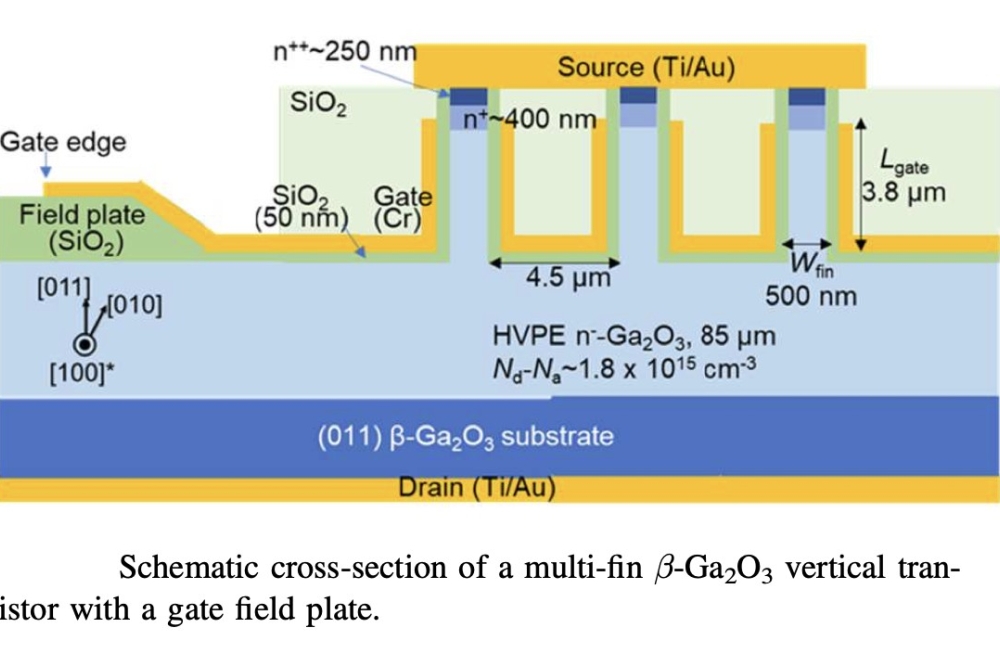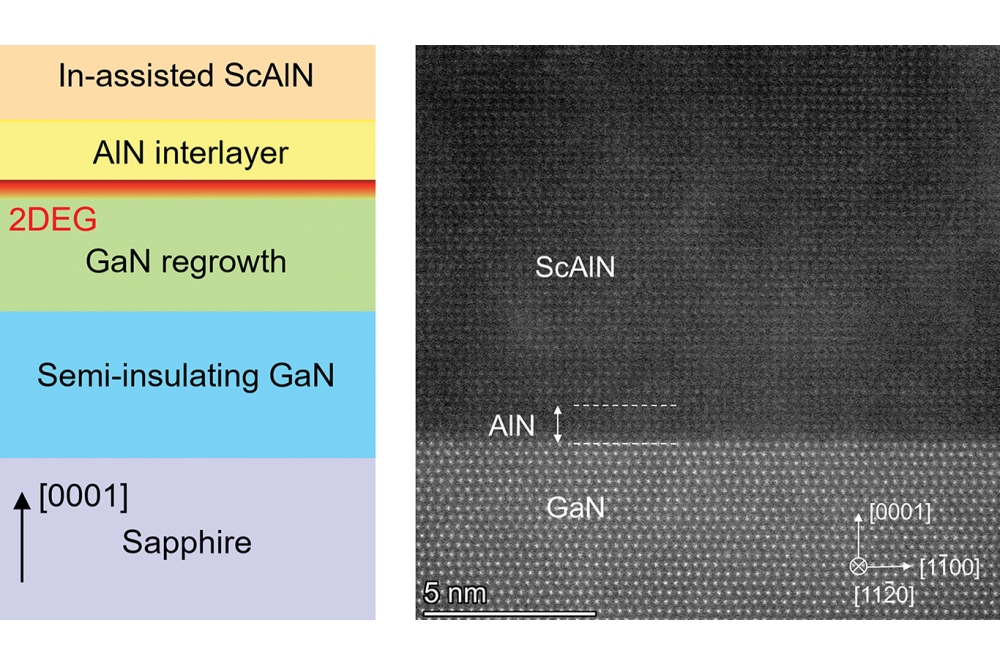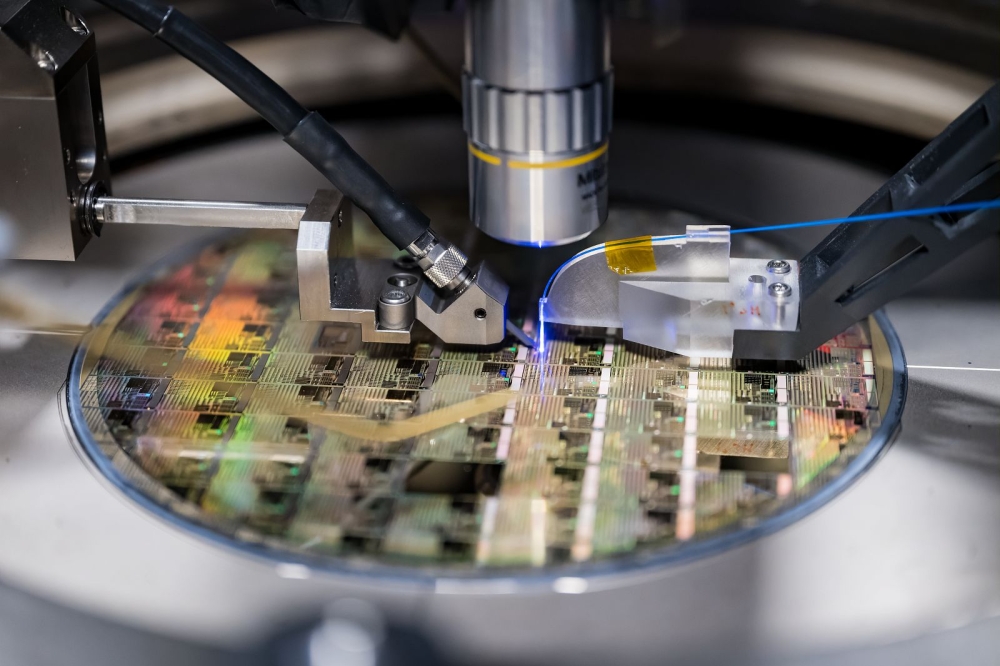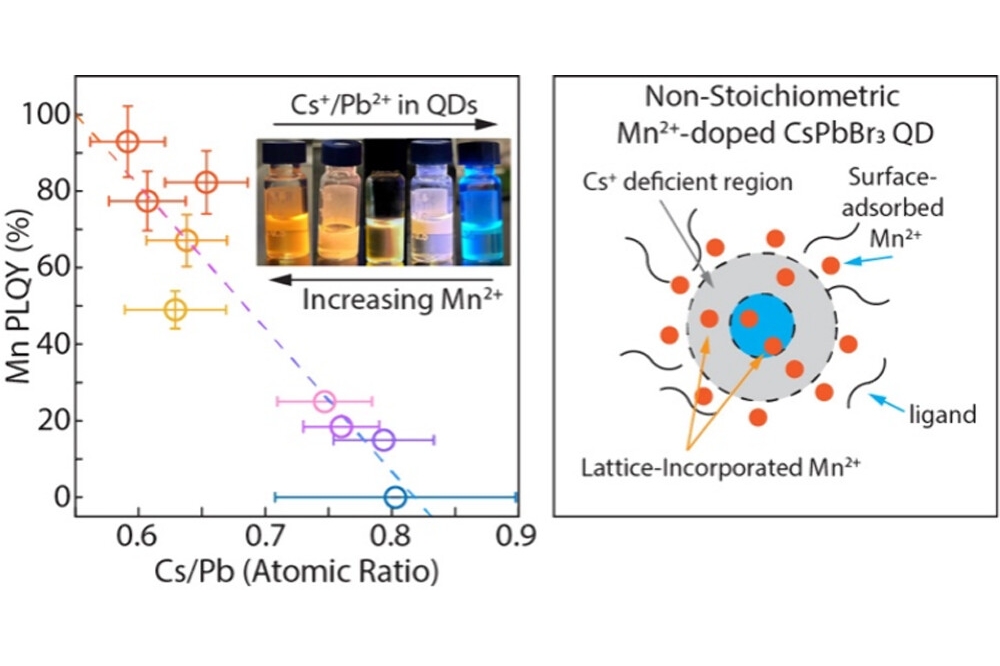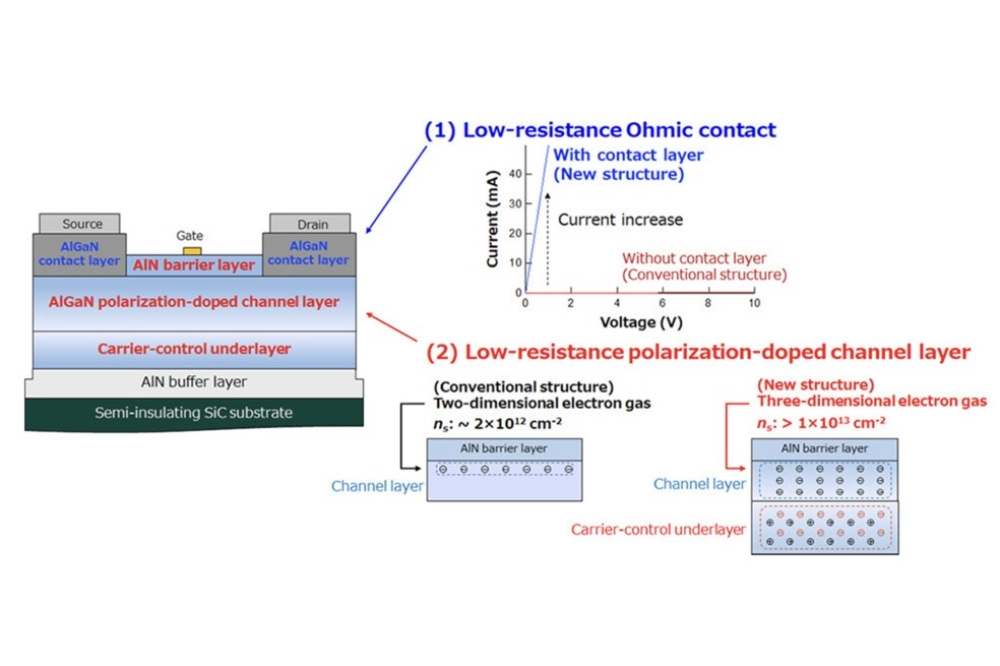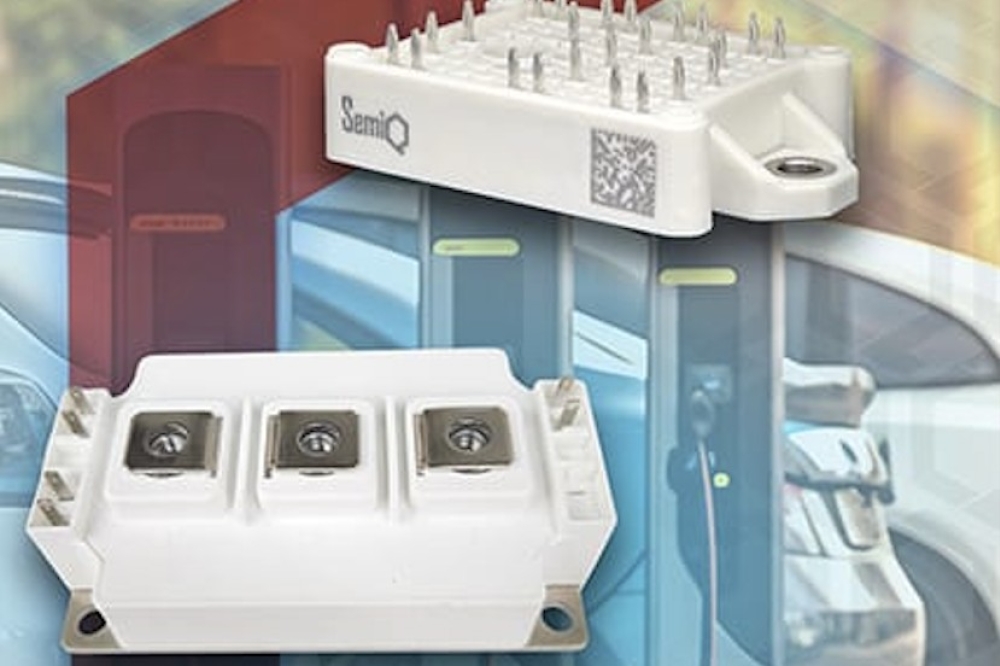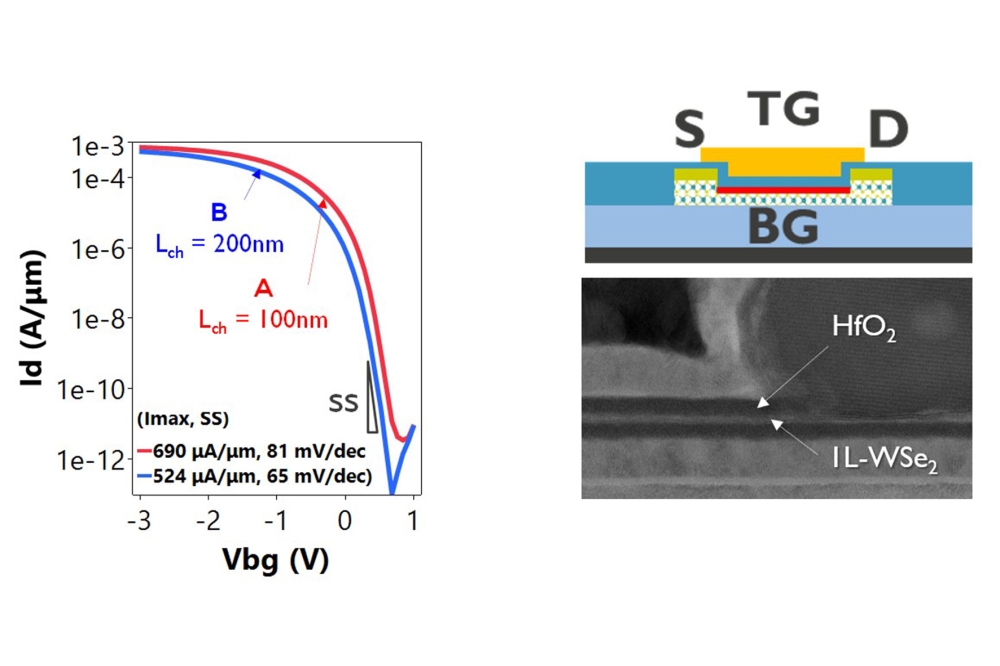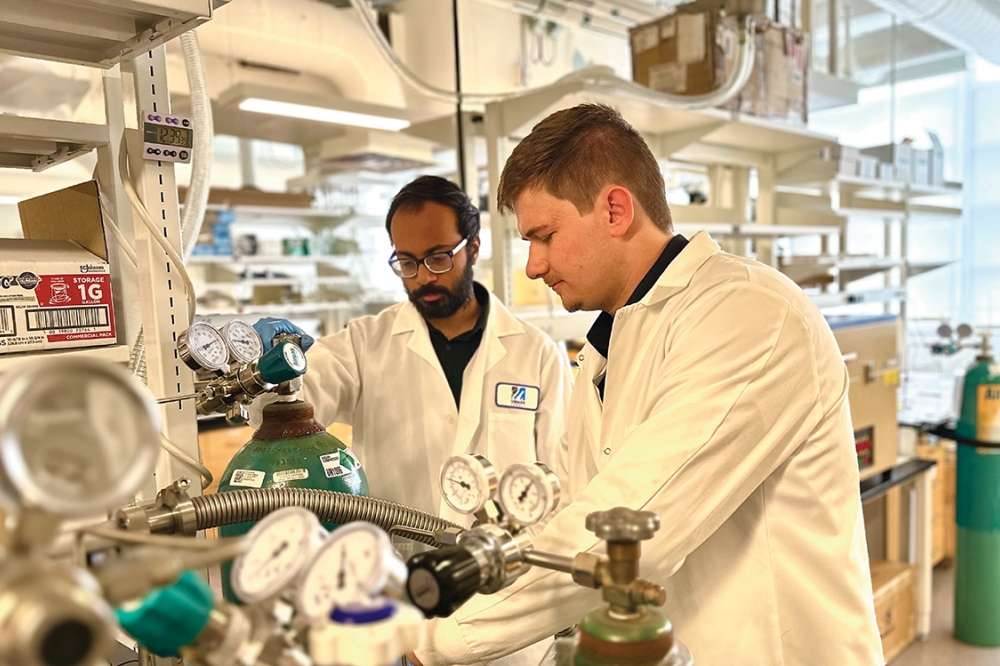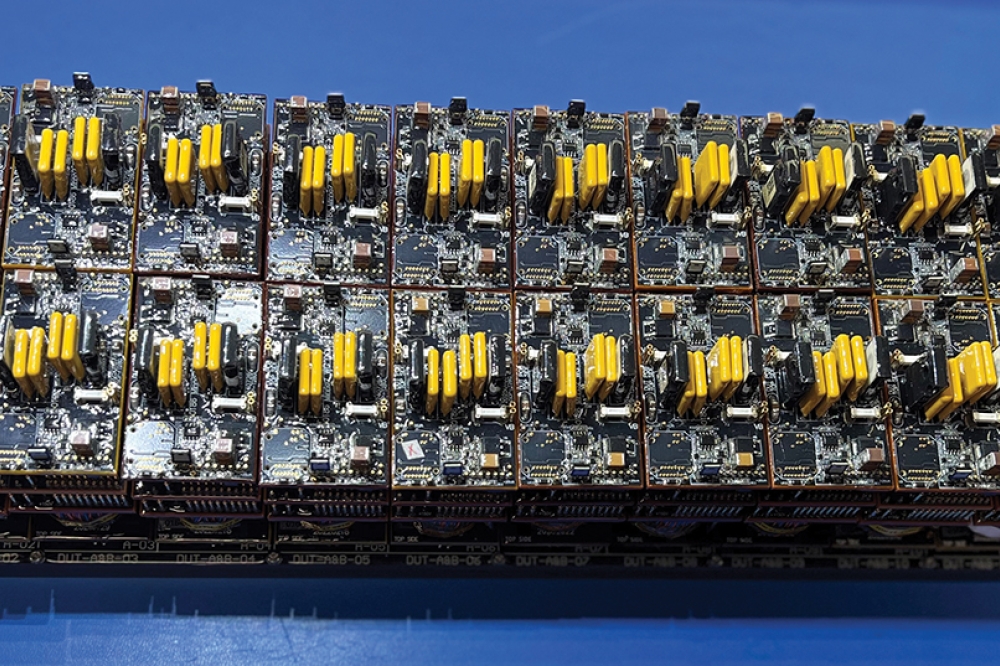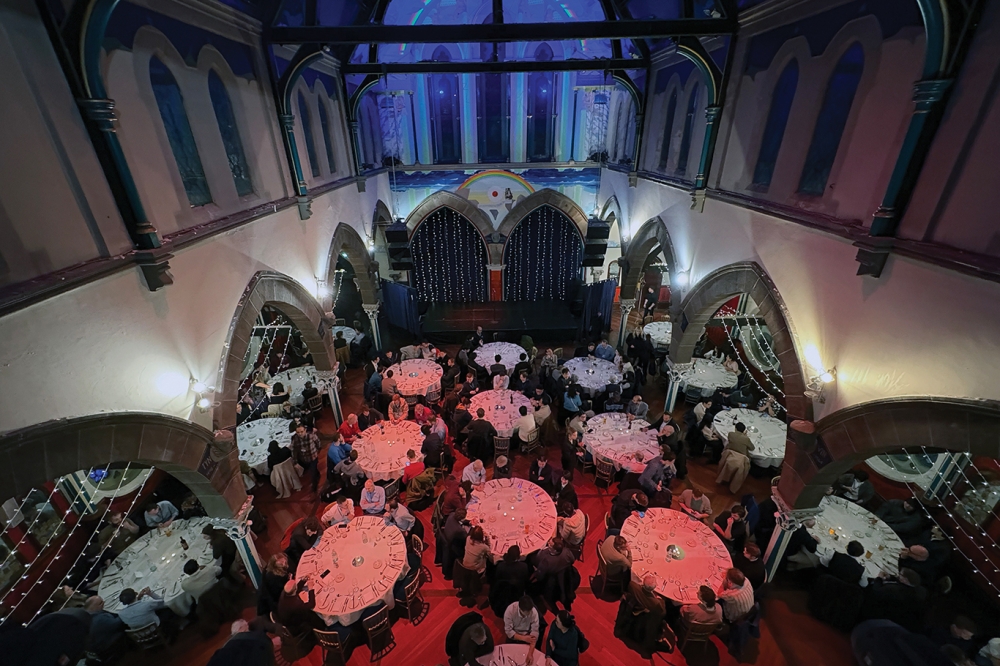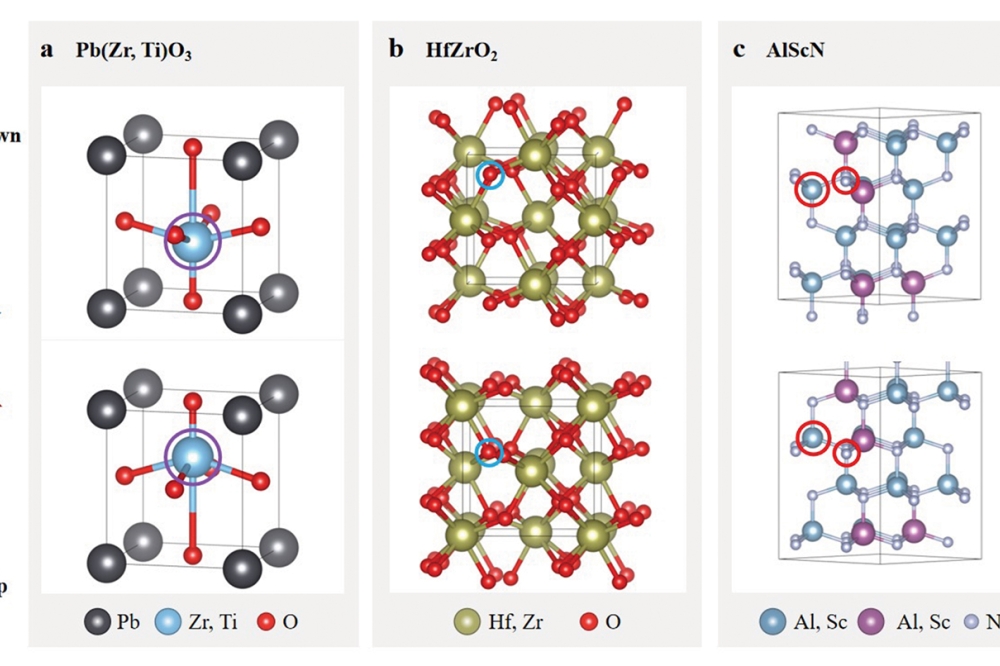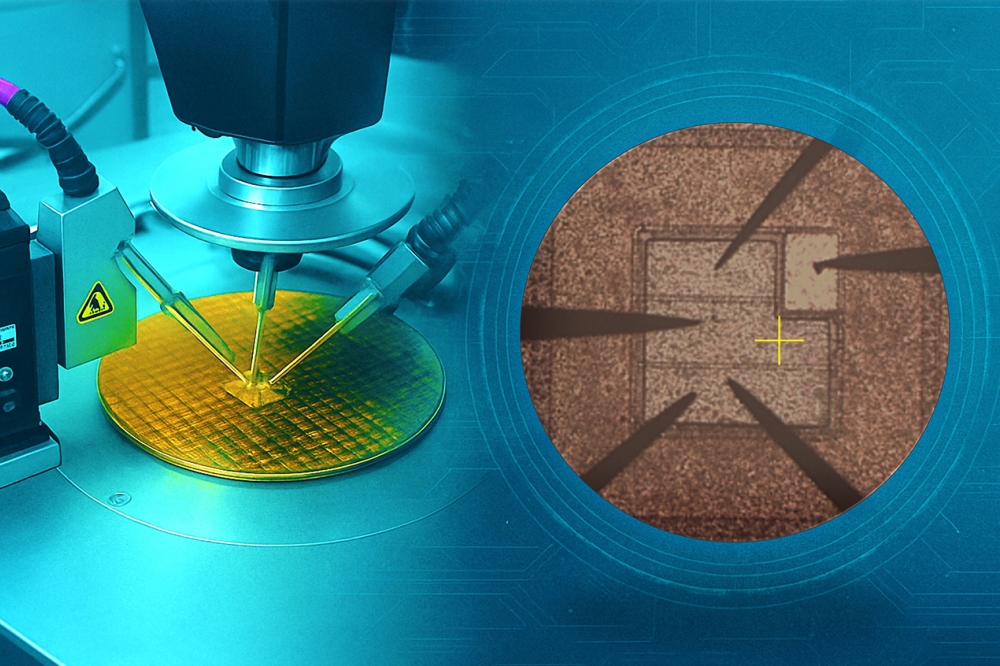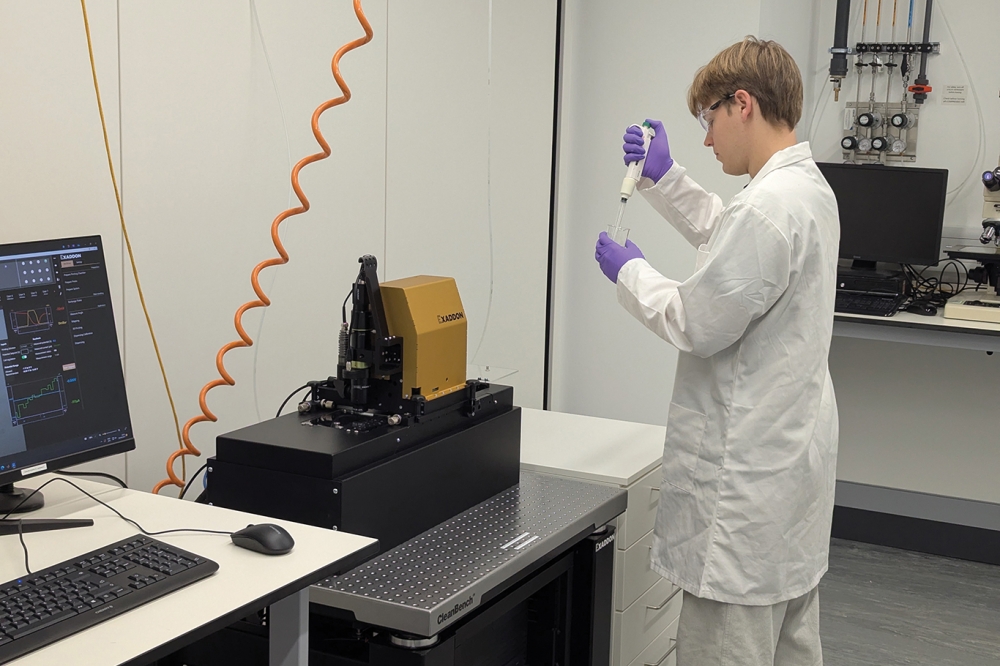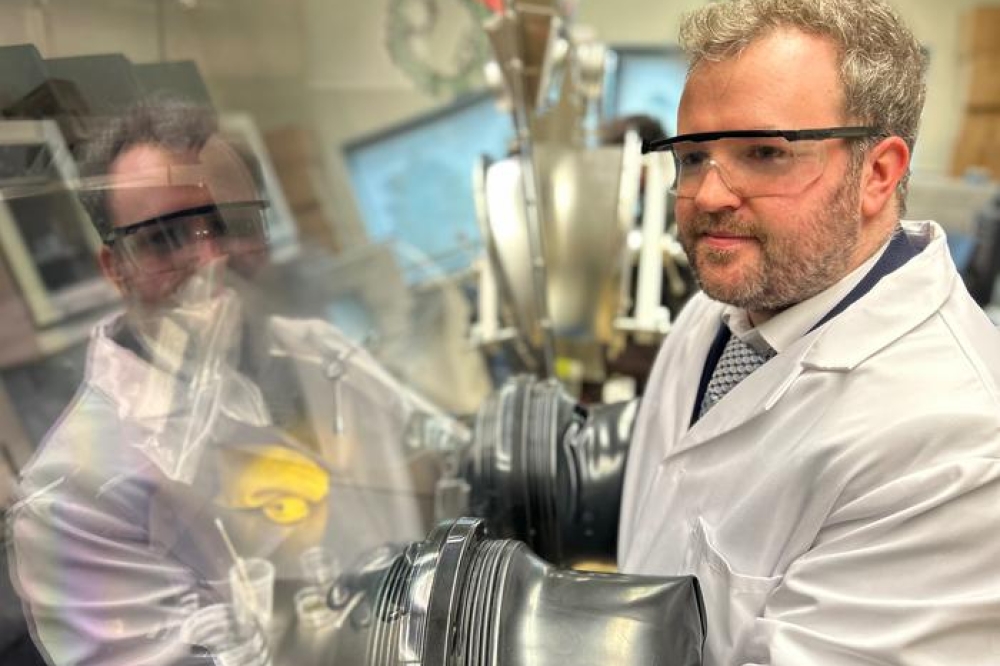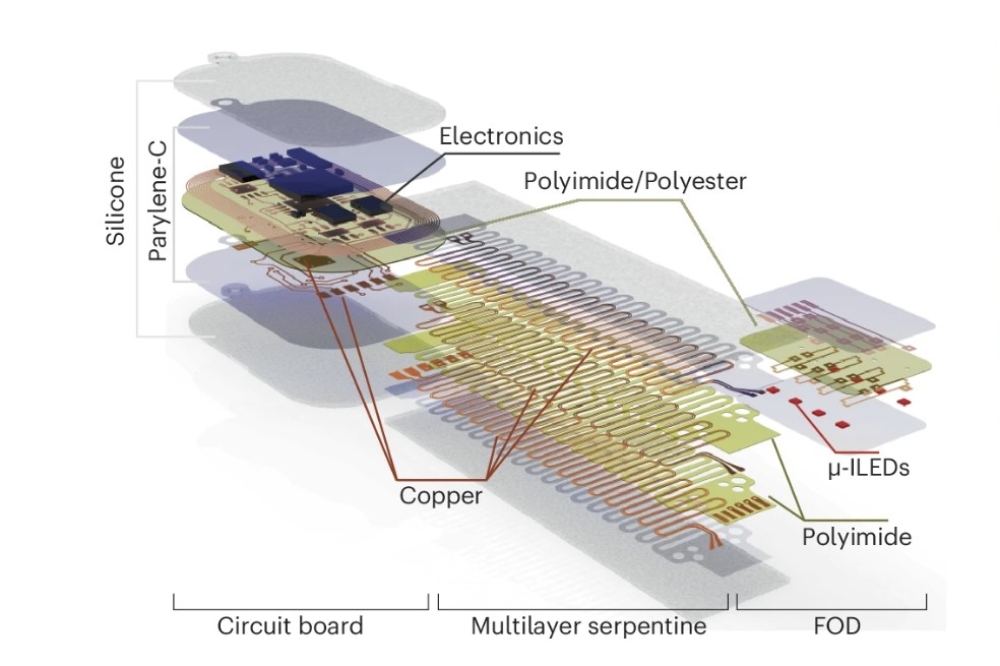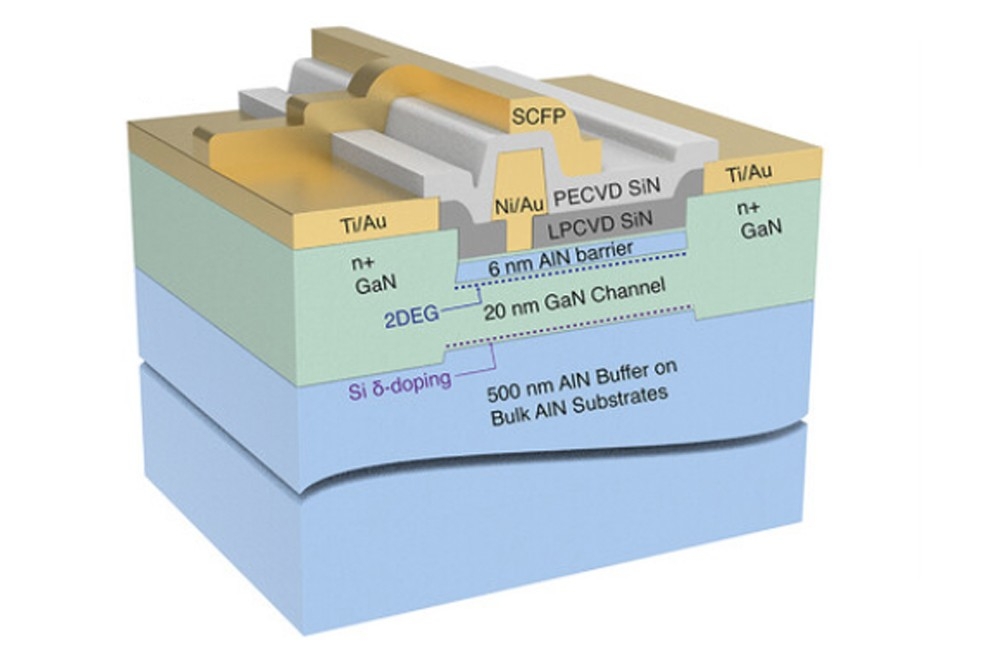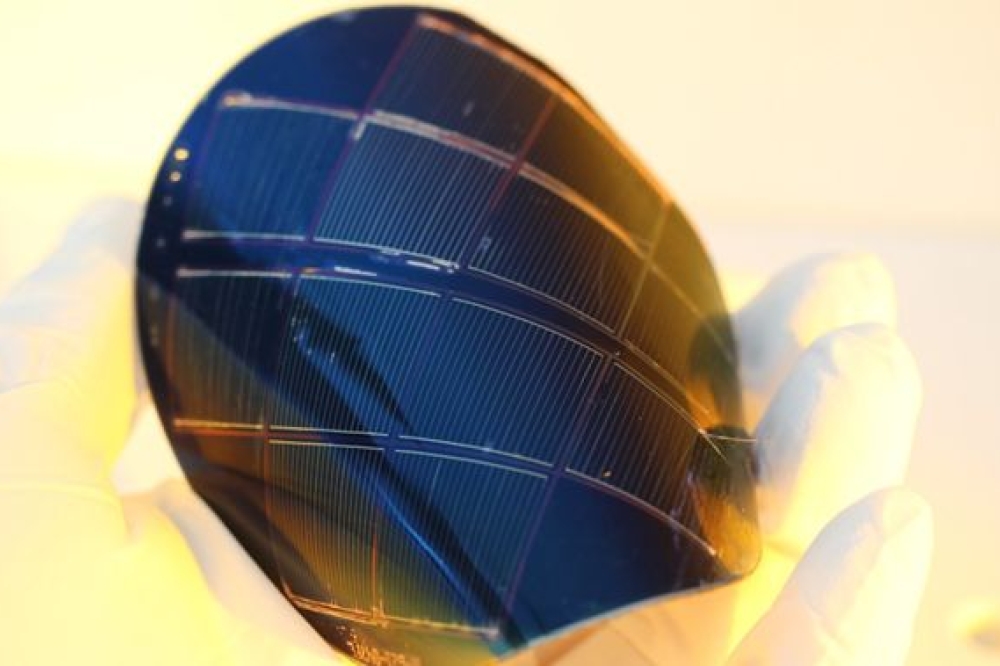Marking milestones
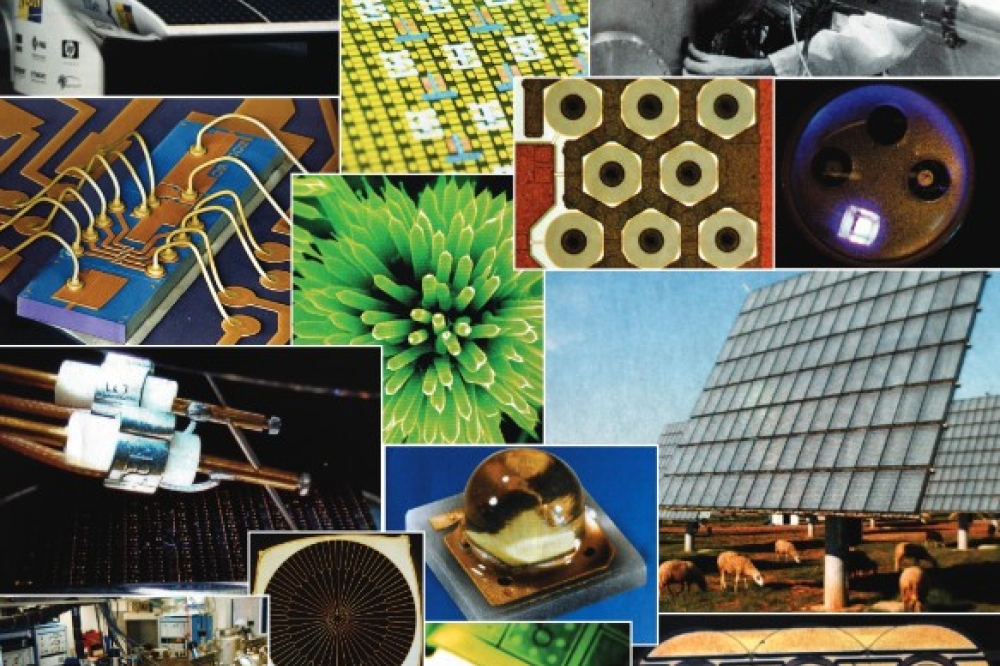
As we celebrate the thirtieth anniversary of Compound Semiconductor magazine, we take a look back at a pair of commemorate issues, released to mark ten and twenty years of this publication
By Richard Stevenson, Editor, CS Magazine
How should an editor cover a milestone in the history of their publication? While there are many paths that one can take, an anniversary edition undoubtedly provides a great opportunity to look back at what has been accomplished over many years, possibly alongside glance into the future. For once, the ‘here and now’ can take a back seat – although it still would be remiss to fail to cover of the biggest breaking stories.
Compound Semiconductor published its tenth anniversary edition a little over a year after I left IQE and started working as Features Editor. A decade on, promoted to Editor under a new publisher, I had to decide what approach to take, and determine the content for that edition. And yet again, as Editor for the thirtieth anniversary edition – I must be in for the long haul – I have had the privilege of devising what to include and what to leave out.
The tenth anniversary
One of the big differences between the current publisher, Angel Business Communications, and the previous owner, the Institute of Physics Publishing, is their view on page count. According to the latter, the number of pages in an edition should reflect the space allocated to adverts, using a rule-of-thumb of a one-to-one ratio. This decree restricted the page count of the tenth anniversary to no more than 40 pages, limiting the ambitions of the editor.
Working within these somewhat cumbersome restrictions, the previous editor, Micheal Hatcher, reviewed the first decade of Compound Semiconductor in a handful of spreads that picked out the biggest stories for every issue. Sitting alongside these details are a number of interesting asides: highlights of epitaxy, overviews of the growth of the GaAs microelectronics and high-brightness LED markets, and a short piece discussing the potential for the co-existence of GaAs and CMOS in future front-ends for handsets.
For the highlights on epitaxy, Compound Semiconductor drew on the expertise of Gerald Stringfellow from the University of Utah. Stringfellow picked out the three best research papers between 1995 and 2005, selecting those on the lateral epitaxy of low-defect-density GaN layers, key to making GaN lasers; the growth of dilute nitrides; and the growth of nano-trees. Twenty years on, these choices stand the test of time, highlighting important developments that matter to this today.
At the heart of the tenth anniversary edition, published by the
Institute of Physics Publishing, is an extensive feature listing the
biggest stories in every issue to date.
During the first decade of this publication, the GaAs microelectronics and high-brightness LED markets enjoyed phenomenal growth. Between 1995 and 2000, global GaAs revenue shot up from $500 million to $3.2 billion, fuelled by surging sales of handsets, as well as growth in fibre-optic communication that relied up digital GaAs components in laser drivers, transimpedance amplifiers, multiplexers and demultiplexers. But the market for digital GaAs did not endure – the bursting of the ‘dot-com’ boom, occurring at the beginning of the new millennium, thwarted sales of components for optical infrastructure, and when commercial opportunties returned, products based on silicon and SiGe took over. Since then, handsets have accounted for the lion’s share of GaAs microelectronics sales. This market benefitted from the increasing uptake of mobile phones in the early 2000s, but suffered from a fall in the average selling price of GaAs devices. These two opposing trends led to modest growth in global GaAs microelectronic revenue from 2002 to 2005, to hit $2.5 billion by the end of that timeframe.
In contrast to the roller-coaster revenues of the GaAs industry, sales of high-brightness LEDs climbed steadily between 1995 and 2005, aside from a flat period in 2001. At that time camera flash provided the next opportunity for revenue growth. While opportunities in backlighting screens and general illumination had also been identified, significant improvements in performance were required before the LED could start to penetrate these applications.
Championing the co-existence of GaAs and CMOS in future handset front-ends in the tenth anniversary issue, Rodd Novak from Peregrine Semiconductor (now known as pSemi), argued for the switching function to be provide UltraCMOS, rather than the GaAs pHEMT. History attests to this vision for the switch, based on silicon-on-insulator technology. For the last decade or more the GaAs HBT, providing amplification, has dominated the revenue of the GaAs microelectronics industry.
Reproduced from the commemorative edition from 2005, data from Strategy
Analytics revealing the roller-coaster revenues for the GaAs market from
1995 to 2005.
The twentieth anniversary
At twice the size of the tenth anniversary edition, that celebrating the twentieth anniversary devoted more space to the evolution of the GaAs microelectronics and high-brightness LED markets, while also detailing the highlights of the very first edition and looking forward. In addition, this commemorative edition included views of how the world might be deploying compound semiconductor devices in 2035.
An in-depth look at the growth of GaAs microelectronics came from Eric Higham, at the time a director at Strategy Analytics (he is now Technical Editor at Microwave Journal). As well as detailing the foundation for the growth of the GaAs industry – a combination of the US MMIC and Microwave Analog Front End Technology programmes – Higham accounted for the hike in sales for 2005 to 2015 coming from mobile networks offering higher data rates. A turning point came in 2005, when operators introduced the first high-speed downlink packet access networks into the GSM community, igniting a data arms race. Ignoring an almost flat year in 2009, when the global economy threatened to implode, GaAs revenue enjoyed an upward trajectory for more than a decade.
Providing great insight into the evolution of the LED industry, Bob Steele, market analyst and founder of the Strategies in Light conference contributed a feature entitled LEDs: Two decades of glorious growth. He kicked off this piece by demonstrating the phenomenal strides that this emitter had made in the first 20 years of Compound Semiconductor, from deployment in low-brightness indicator lamps and alphanumeric displays to incorporation in white-light sources that, by 2015, had captured one-third of the $80 billion global lighting market.
The current owners of Compound Semiconductor, Angel Business
Communications, published the twentieth anniversary edition. This
commemorative issue included detailed reviews of the GaAs
microelectronics and high-brightness LED markets by the leading analysts
of the day.
Like Higham, Steele looked back beyond 2005, reminding readers that the origins of the LED can be traced to 1907, when British radio engineer Henry Joseph Round discovered this device by accident, when investigating the electrical properties of the metal-semiconductor SiC rectifier. Of the many key milestones since them, surely two of the biggest are the invention of the first visible LED by Nick Holonyak and his team at GE Labs in 1962, and the commercial introduction of the GaN-based blue LED in 1993 by Nichia, spearheaded by the pioneering work of Shuji Nakamura.
A key breakthrough that has underpinned the revolution in solid-state lighting came in 1996, when Nichia produced a white emitter by using a blue-emitting chip to pump a yellow-emitting phosphor. Colour-mixing blue and yellow results in white light. Initially, only white LEDs with a high-colour temperature were available. But by 2002, customers could also access a more attractive, warmer form of white light, when Lumileds launched a device featuring both red and yellow phosphors.
During the first decade of this century, the efficiency of the GaN-based LED rocketed, though refinements to device design, such as the introduction of multiple quantum wells, the shaping of chips to increase light extraction, and better packaging to aid thermal management.
Steele also considered the tremendous changes within the LED over the lifetime to date of Compound Semiconductor. Between 1995 and 2015 the size of the high-brightness LED market had mushroomed by a factor of 150, input power capability of an LED package had increased by a thousand, and cost-per-lumen had plummeted by a factor of 100.
By 2015, from a market perspective, the golden years were over. Revenue growth had slowed, with the compound annual growth rate declining to around 9 percent. Many more companies were competing for sales, driving down margins.
In the edition of Compound Semiconductor celebrating its
twentieth anniversary, the contribution from market analyst Bob Steele
included this graph illustrating the evolution of LED package
technology. Its source is a presentation from 2015, given by George
Craford, Lumileds Solid State Lighting Fellow, at the US Department of
Energy Solid-State Lighting Workshop.
The commemorative edition from 2015 also looked back at the contents of the very first issue of Compound Semiconductor, a time when copies were only available in print format. Back then, one piece discussed the merits of using red LEDs in traffic lights. For the red source, it would be possible to use 500-750 devices, with a total cost of $200 and a combined consumption of 20 W. Switching to this from the incumbent, a 150 W source, promised significant energy savings, leading to lower electricity bills. With hindsight, what now appears rather odd is this comment from that time: ‘Incandescent lights, however, will likely keep the yellow market – they are on for such short periods of time that the energy savings do not equal the cost of the LED array’. Today, in many parts of the world, it’s not easy to find a traffic light that’s emission is not based entirely on LEDs.
Thoughts on where our industry may be in 2035 also featured in the twentieth anniversary issue. In that edition, Fred Schubert, an academic at Rensselaer Polytechnic Institute, predicted that the next two decades would witness improvements in the efficiency of green and UV LEDs, progress that has taken place and is expected to continue. In 2015 he argued that general illumination by lighting was unlikely to be overtaken by diode lasers, and he’s certainly right so far.
Also sharing views of the future in 2015, Douglas Reep, then Qorvo’s Senior Director of Research and now a consultant, predicted that GaAs amplifiers would remain a key component in mobile phones for many years – but there could be possibilities eventually for GaN, which can operate at higher power densities. Reep argued that for GaN to make an impact, it would need to operate in the 3-5 volt range. Today, we might be a little closer to that GaAs-to-GaN transition, which is now being championed by Finwave.
The late John Palmour, co-founder of Cree, now Wolfspeed, predicted an increase in sales of SiC power devices, displacing those made from silicon. He expected success in electric vehicles beyond 2020, while that actually came before then.
Palmour also commented on the potential, and drawbacks, of ultra-wide bandgap materials. He pointed out the problems with p-doping and thermal management. Progress is being made, and for Ga2O3 in particular, investment in the development of substrates and devices is rising fast.
This edition
Compared to these two predecessors, this commemorative edition devotes more space to looking back over developments, while making no projections for the future. Its centrepiece is a year-by-year appraisal of the most significant events in the compound semiconductor industry. In this respect, the passing of time is a benefit, helping to identify advances that really matter – and put to one side those that initially appeared to have a lasting legacy, but only made a short-term impact.
I hope you enjoy reading the coverage of the biggest stories over the last 30 years, as well as taking a look at the views of market analyst Yole on the wide bandgap market, and my picks for the top ten research review stories over the last three decades. Hopefully there’s something for you within these pages.



